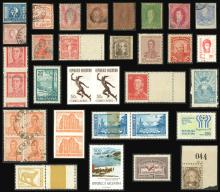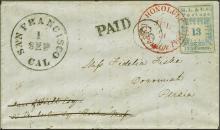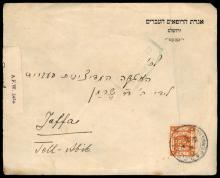The Mafeking Siege Stamps
Published

At the height of the Siege of Mafeking (1900), considered a decisive British action during the Second Boer War, the government issued special photographically produced 'local' stamps done in blue - the 3d Baden-Powell stamps and the 1d Cadet Sgt-Major Goodyear ‘Bicycle’. A similar procedure was used to creat siege banknotes.
How Mafeking Figured in British History of Stamps
Mafeking was then a significant South African railway town, and when the Boer troops led by Cronje launched an offensive in October 1899, the town was well prepared. The action isolated the town from the rest of the region, and it was only through the efforts of the local runners from the area that the residents managed to send and received letters and news. The local runners were considered brave during that time, as they risked their lives just to cross enemy hideouts. They were paid generously for their efforts to deliver the news and carry the letters. Due to the higher cost incurred on the delivery of letters, it was necessary for stamps to be overprinted with a surcharge. But the number of stamps available dwindled and ran out, with many of these items purchased as souvenirs by the defending troops.
Stories Behind the Stamp Designs
A popular stamp during that time was the 1d Goodyear, portraying a native Cadet cyclist who was only 12 years old at the time of the Siege. Dubbed as an original model for a 'Boy Scout', the boy shown on the stamp was just one of the many young boys who risked his life just to deliver letters and the news. The Boy Scout movement was later initiated by Baden Powell, whose father soon became the first mayor of the town. The iconic photograph of a local boy was taken by Dr Taylor and designed by Dr. Hayes; the initials can be seen in the lower portion of the portrait. Mr. Ross was responsible for the image on the 3d Baden-Powell stamp. These two values for Mafeking stamps were made using laid paper in twelve sheets.








